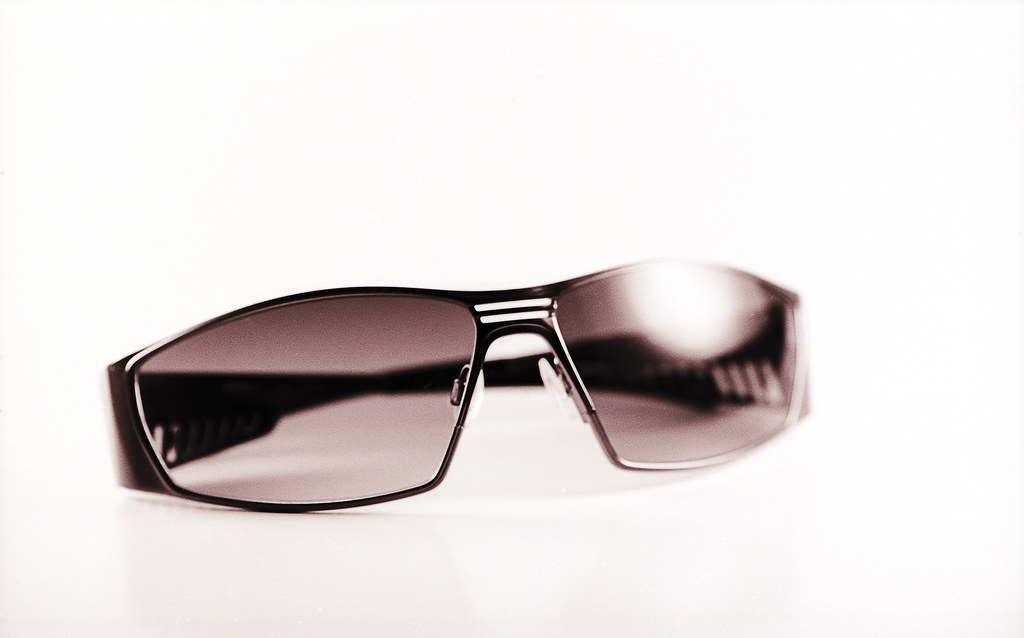It occurred to me that very few occupations are as inviting to experiments and improvising as photography is. It's in principle a very simple craft and its main tool is really just a box with a provision for some layers of glass elements stacked on top of each other through which light falls on some light-sensitive plane: film or nowadays sensors. The three parameters that interplay when a photo is taken (shutter-speed, aperture of the lens and sensitivity of the light-capturing thing behind the lens) are all easily understandable and all that one has to worry about when being in the field.
And since there is so little to do while taking a photograph, a lot of enthusiasts haven taken things into their own hands to make it more interesting. The internet has detailed instructions on how to build a pinhole camera out of a matchbox, your own tilt-shift lens, even a whole medium-format camera from scratch. And those that are less adventurous, can at least squeeze an infinite amount of entertainment from meticulously developing their film in different developers, comparing the results, or even make their own developer.
For weeks now I had this one sore spot in my refrigerator, namely a left-over roll of Kodak Ekta 100 color-negative film for which I couldn't really find a use. I am really not good at dealing with colors and also despise the fact that C41 film is not very conducive to development at home. Unless of course you pretend it's B&W film and cross-process it in B&W chemicals which is the only type that I have here.
The expected results are basically monochrome photos with low contrast, but with an unpredictable color cast. Depending on the film it's either orange or (quite common). You never really know what you get. Sometimes you get negatives with an enormous amount of grain, sometimes however you wont. You also wont find these handy development charts that tell you how long to develop a particular type of film short at a particular speed in a particular developer at a particular temperature. It's a photographic wild-west, so how could I resist?
So I did what I generally do nowadays when I don't want to leave the house. I set my camera on a tripod, find some domestic item to put into my macro studio (a pair of sunglasses this time), spot-meter off a gray card and then quickly shoot away to get my 24 or 36 exposures done. Since I really didn't have a clue how any of my available developers (DD-X, Ilfosol 3 and HC-110) would behave towards color-film, I just grabbed Ilfosol (it served me well with my previous roll of Efke KB25, so why not) and used the development times for Delta 100 as a starting point. I would have developed for nine minutes, but my tap water is at best 21 degrees in summer, so I subtracted half a minute and I was set.
And here's what emerged from the development tank:
I very slightly adjusted curves in Photoshop (mostly clipping on the right side of the histogram to make the whites actually white) but that was all. I like it a lot. In particular, the film has retained all of its good traits (low grain, high resolution) and lost its bad ones (lab-processing, the color;-). As expected, there is a noticeable color shift, but its towards the warm amber instead of the dreaded orange. Funnily, it's an accurate reproduction of the glasses' real colors.
Sunday, May 2, 2010
Subscribe to:
Posts (Atom)

